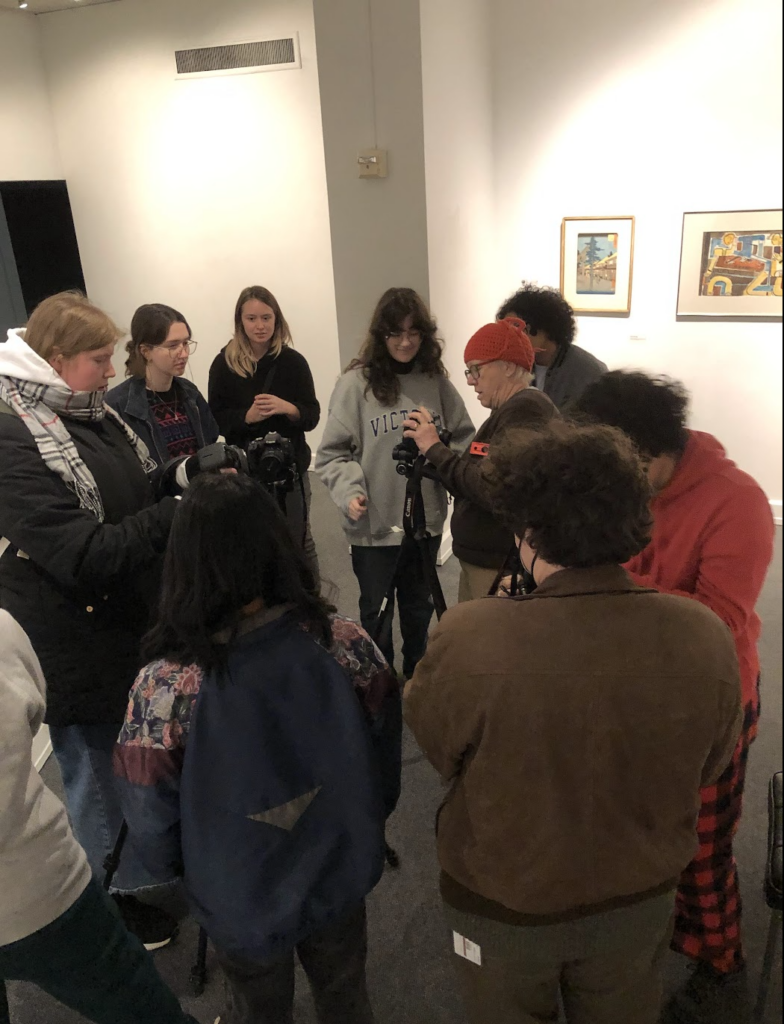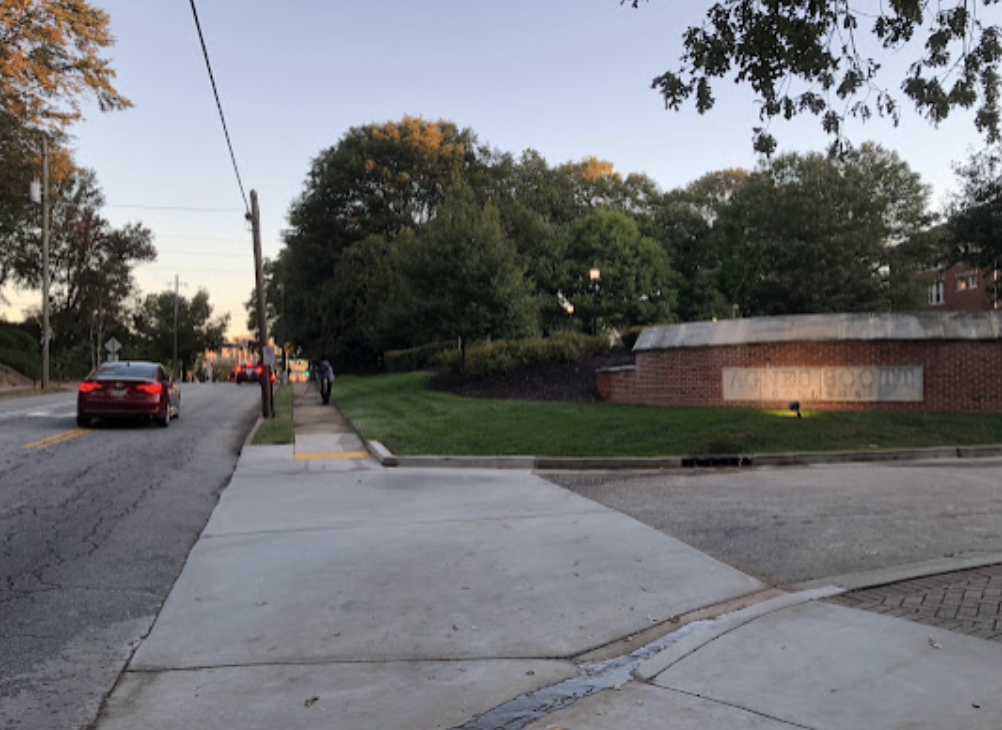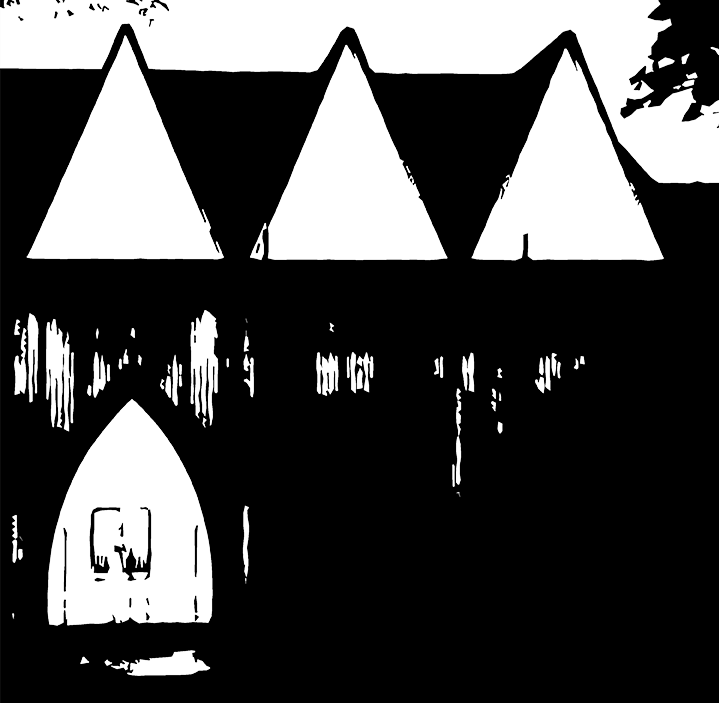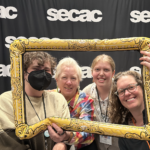October 18

At 7 am the Building on Dana folks took to the streets for a photographic project inspired by Los-Angeles based artist Ed Ruscha. In 1966, Ruscha photographed a 2-mile stretch of the Sunset Strip and used the photographs, overlapped and stitched together, to represent the sequence of building facades. Every Building on the Sunset Strip is an accordion-fold publication, a single page 25 feet long, with black-and-white photographs positioned in horizontal spans, facing each other, as on the street. There is little text, only cross streets. Ruscha called his approach “dead pan,” claiming that it was objective, without comment or criticism, “facts, facts, facts.” His project, in process and strategy, influenced others turning their attention to American vernacular architecture, perhaps most famously the group of students and faculty from Yale University, who studied Las Vegas on site in 1970 and published their images and ideas in Learning from Las Vegas (1972), as they sought to understand the new symbolism of postwar America, more attuned to vehicular traffic than to pedestrian.
Building on Dana is aiming to understand the historical and contemporary contexts for the Dana Fine Arts Building, including its pivotal position, as building that both faces campus and borders the street – and also joins accumulated buildings of diverse periods, functions, and symbolism, from the governmental purposes of the courthouses, old and new, along the square to commercial areas, educational institutions (high school and college) and residential areas. This street, in some ways like the Sunset Strip in 1966, attends to in at least two ways to at least two audiences: students and townies, and those on foot and in cars.
As part of our process, we are likewise appropriating Rucha’s precedent and creating photograph representations of Decatur, from the old Courthouse on W. Ponce de Leon Avenue to W. Davis, the southern edge of campus. We plan to create an edition of this publication, which will be available during our exhibition, Building on Dana (Feb-May 2025).
Resources:
Bourdon, David. “Ruscha as Publisher [or All Booked Up].” Art News 71 (April 1972): 32-36, 68-69.
Man Barndese, Henri. “Ed Ruscha: An Interview.” In Leave Any Information at the Signal, edited by Alexandra Schwartz, 210-19. Cambridge, Mass.: MIT Press, 2004.
Venturi, Robert, Denise Scott Brown, and Steven Izenour. Learning from Las Vegas. Cambridge, Mass.: MIT Press, 1972.
Smith, Katherine A. “Mobilizing Visions: Representing the American Landscape,” in Relearning from Las Vegas, edited by Michael Golec and Aron Vinegar (Minneapolis: University of Minnesota Press, 2009), 97-128.
——–. “Pop Precedents and Contemporary Contexts,” in Eyes That Saw, edited by Stanislaus von Moos and Martino Stierli, pages. Zurich: Scheidegger & Spiess, 2020.
——–. “‘Strange’ Appearances: On Pop, Hamburgers, and Urbanists.” In Denise Scott Brown in Other Eyes: Portraits of an Architect, edited by Frida Grahn, 188-201. Basel: Birkhäuser, 2022.
Stierli, Martino. Las Vegas in the Rearview Mirror: The City in Theory, Photography, and Film. Translated by Elizabeth Tucker. Los Angeles: Getty Research Institute, 2012.

Share via:


